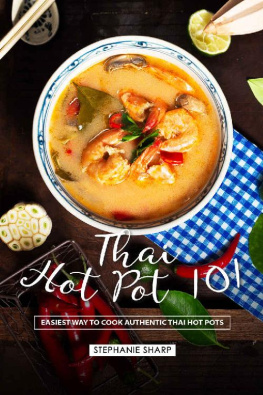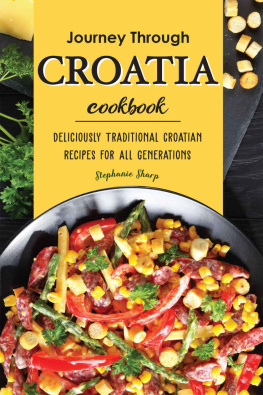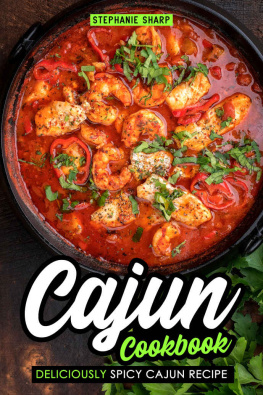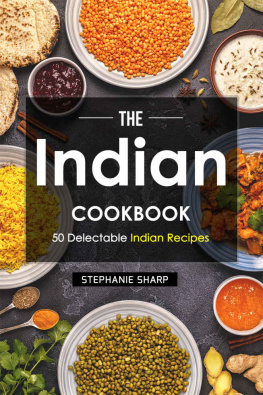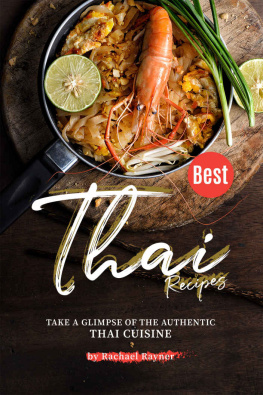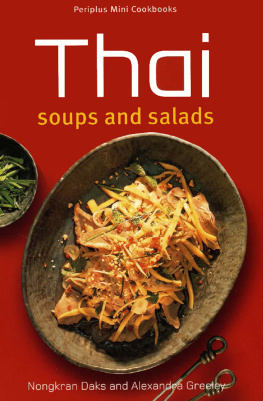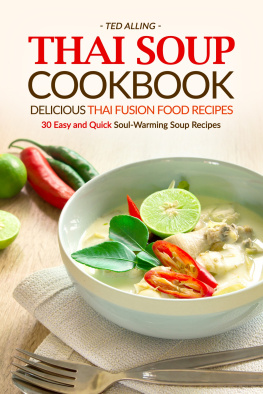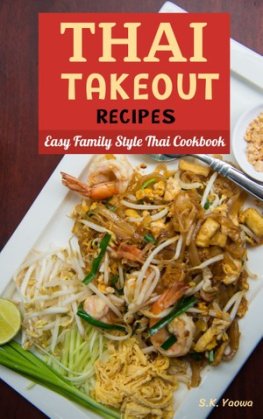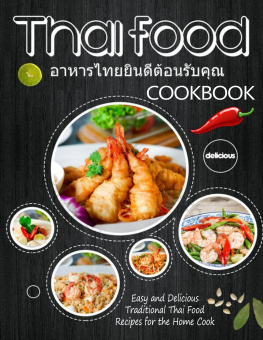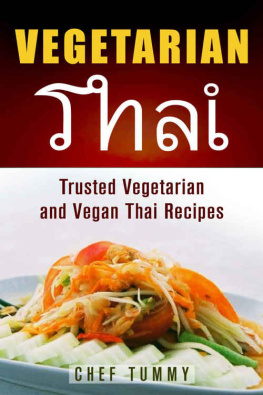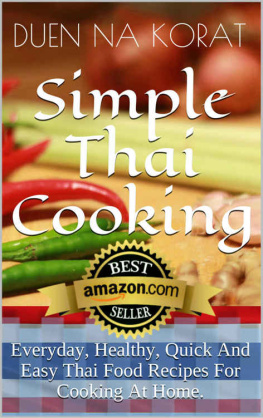For Thailanders, cold season equates to hot pot season. The hot pot originally hails in the Eastern part of Asian cuisine where patrons order different kinds of ingredients to boil inside a simmering pot of broth. This pot is then placed on the center of the dining table, over a portable burner. It is believed that the origin of hot pot came from Mongolian leaders who wished to try the food of different cultures.
There are different styles of hot pot across Asia, even in a specific country, each household will do it slightly different. Nonetheless, the concept of Thai hot pot is simple. To make a hot pot feast at home requires minimal effort in planning and preparation. All you have to do is set up the equipment you will need, get a large enough pot required for your needs. This is so you can simmer the broth on a portable single burner in the middle of the dining table, and then surround it with plates of meat, seafood, and vegetables all prepared and ready to be cooked in the broth.
While hot pot has roots in the traditional Asian cuisine, it hasnt quite become widely known across the globe. That is why majority of the population do not know how hot pot correctly prepared and eaten.
How to Eat a Hot Pot for First-Timers
If this will be your first time to eat (first time to set up and prepare) on a hot pot dining table, there is one universal rule that you need to know: do not hot pot with people that you dont like. Without further ado, we got your back on what you have to do when in a hot pot dining table:
1. Provide diners (including you) with a bowl, chopsticks, stainless spoon (or fork, for those who dont know how to properly use chopsticks) and plastic food service gloves (to prevent any oil from the condiments to get to your eyes and nether regions which will cause pain). If you provide dipping sauces and other condiments in your Thai hot pot, make sure everyone has a small finger bowl or a sauce bowl. Provide at least one ladle, a pair of tongs, and a fine strainer available for everyone to use when needed.
2. Starting with the meats (you can have as many types of meat as you wish, but 150 grams is the recommended serving per person when eating a hot pot) or seafood, then the vegetables and noodles; you can take out the cooked hot pot ingredients with the slotted ladle and transfer it in a bowl and use a normal ladle to get some broth/ stock.
3. Individually, you and your guests can create their own noodle soup, simply put all your desired ingredients into the hot pot. Once it is cooked, everyone can take noodles to feast on.
In line with this, eating a hot pot also requires etiquette. Here are the basics of hot pot dining etiquette that you need to know:
1. Dont do chopstick washing Chopstick washing refers to whooshing your eating chopstick back and forth (in circular motion, and the like) in the hot pot. For instance, you forgot about the chicken that you were cooking for a few minutes ago. It is now lost in the sea of ingredients cooked by your fellow diners so you tend to run your chopstick in whatever motion you feel like it, that is a big no in Thai hot pot feast. Instead, you use a hot pot stainless strainer to track it deep the pot.
2. Only eat what you dip Never scoop up and eat something in the hot pot (even though you would like to) that you didnt dip in the first place. If confused, make sure what you are scooping up is yours by checking if anyone on the table has already staked and claim their dippers.
3. No double-broth please Having different kinds of broth is good on the table but not in the hot pot. Remember that not everyone is fond of spicy food and some people get allergies with seafood. Respect the diversity in togetherness that is what hot pot is all about.
Chapter 2 Thai Hot Pot: for Pork Lovers
Lau Thai Hot Pot

Lau Thai hot pot is perfect for big celebrations where visitors can freely choose what ingredients they wish to cook and eat.
Serving Size: 5-7
Cooking Time:
Ingredients:
For the sauce
- 1/3 cup of Hoisin sauce
- 1-3 tablespoons of chili oil, optional
For the soup
- 1 teaspoon of iodized salt
- 1 lemon grass, bruised
- 4 tablespoons of Tom Yum soup paste
Other hot pot ingredients
- 1 small bunch of Shingiku
- 1 small Napa cabbage, chopped to bite-size pieces
- 1 bunch of green onions, cut to 1-inch pieces

